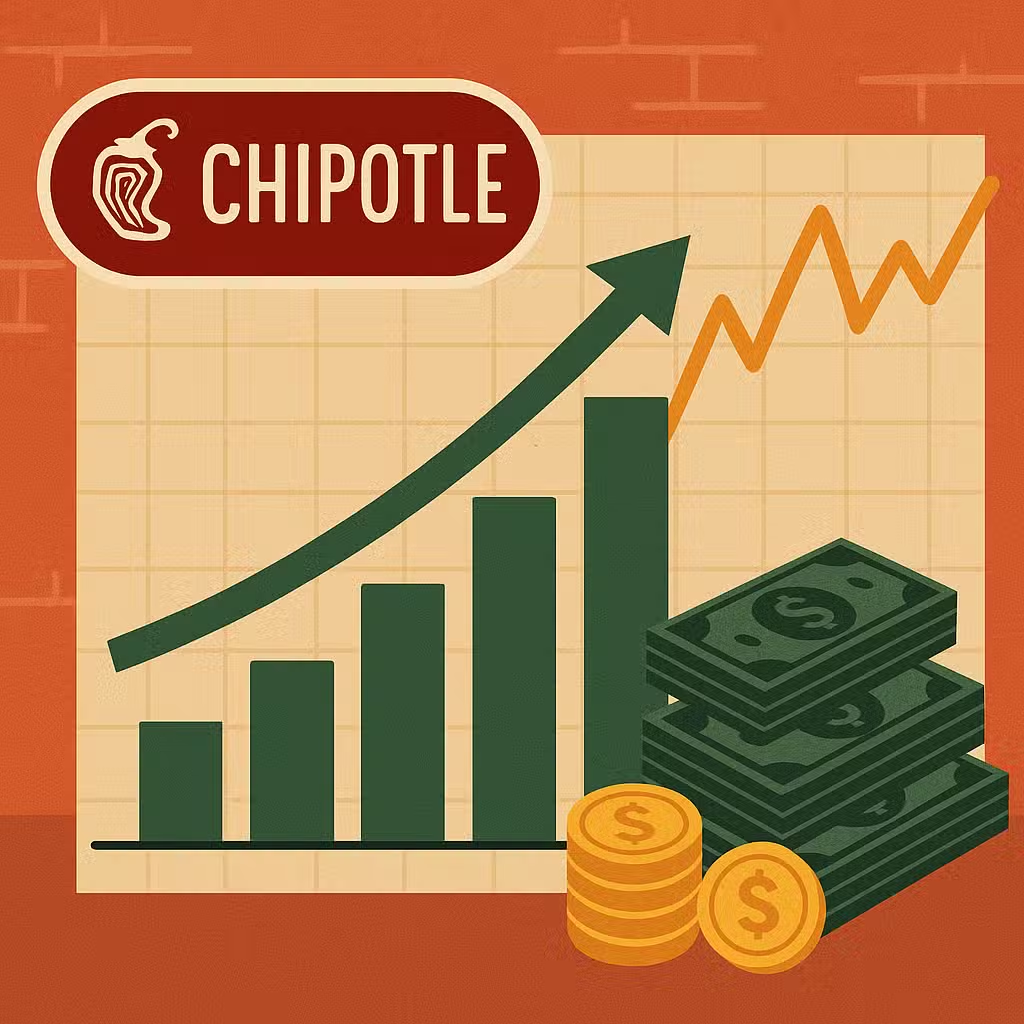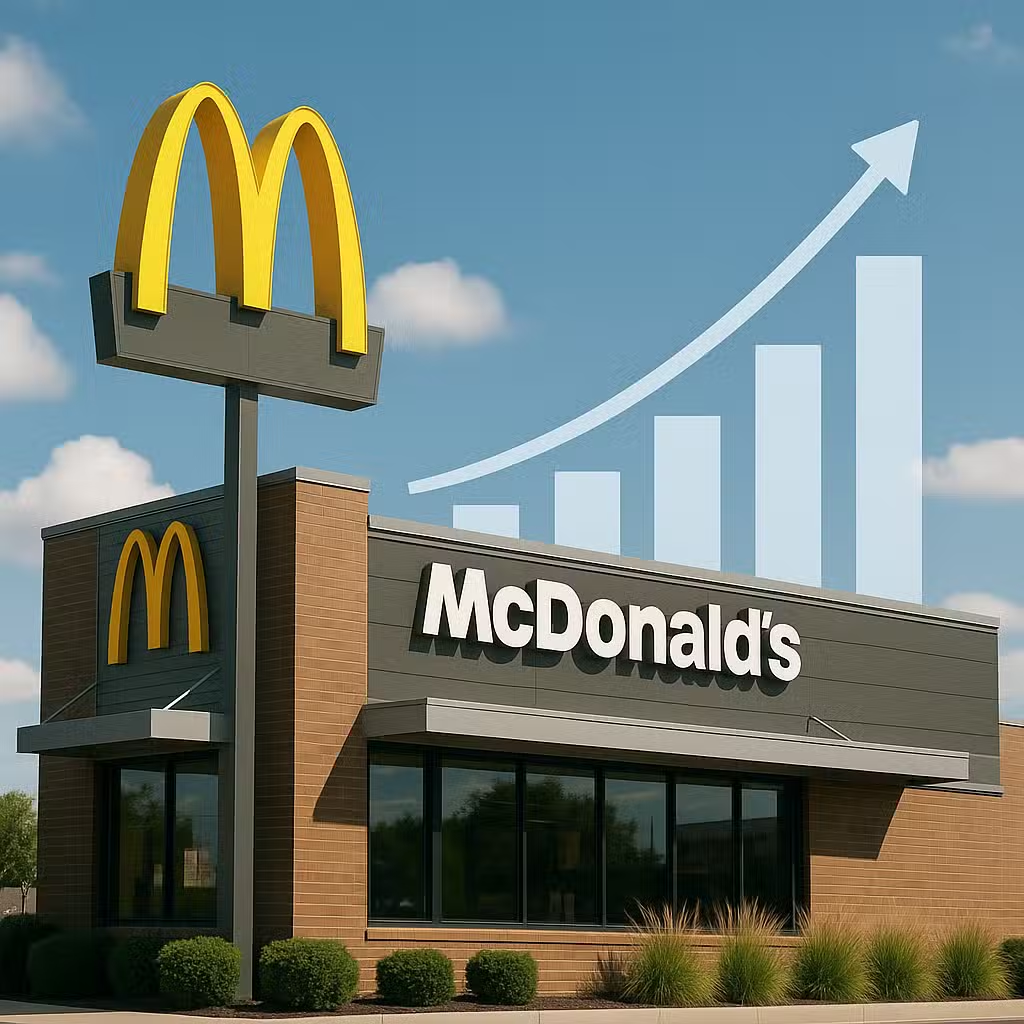Chipotle Q3 2025 Results: What Investors Need to Know About Growth and Profit Trends
Think of Chipotle like a favorite playground—when fewer kids show up, it changes the whole vibe. That’s what’s happening with Chipotle right now, and it matters to investors because fewer customers can mean less money for the company and anyone who owns its stock.
What’s Happening at Chipotle?
Chipotle just shared its latest report card, and it wasn’t as strong as people hoped. The company made $3 billion in sales, a little less than the $3.03 billion Wall Street expected. Their earnings per share matched predictions at 29 cents, but the news still made the stock drop about 13% after hours.
Chipotle also said it expects sales at stores open for at least a year to shrink a bit in 2025. Earlier this year, they thought sales would grow, but now they’re changing their tune because fewer people are coming in for burritos and bowls.
Why Are Fewer People Eating at Chipotle?
Chipotle’s CEO, Scott Boatwright, explained that people are feeling more pressure from the economy. Even though Chipotle’s customers usually make more money than fast-food regulars, everyone is starting to cut back. Folks making less than $100,000 a year—about 40% of Chipotle’s crowd—are especially pulling back because of inflation and worries about the economy.
Young adults between 25 and 35 are finding it tough, too. They’re dealing with things like higher student loan payments and not getting raises that keep up with prices.
Bulls: Reasons to Stay Positive
- Still Growing: Chipotle’s total sales went up 7.5% compared to last year, thanks to opening 86 new restaurants.
- Menu Moves: The company is trying new things, like carne asada and red chimichurri, and spending more on marketing.
- Global Plans: Chipotle plans to open 350 to 370 more locations in 2026, including new spots in South Korea, the Middle East, and Latin America.
- Value for Price: Chipotle’s average meal costs about $10, which is cheaper than many competitors charging closer to $15.
Bears: Reasons to Be Cautious
- Falling Traffic: The number of people eating at Chipotle dropped for the third quarter in a row, down 0.8% this time.
- Worried Consumers: Even higher-income customers are visiting less often, not just folks on a tighter budget.
- No Discounting: Chipotle isn’t planning to offer big discounts to bring people back, which could make it harder to boost sales quickly.
- Economic Headwinds: Other restaurants are seeing similar slowdowns, showing this isn’t just a Chipotle problem.
How Does This Compare to Other Times?
During the 2008 financial crisis, many restaurant chains lost customers as people cut back on eating out. According to NPD Group, restaurant visits in the U.S. dropped 1% in 2008—the first decline in five years back then. Today, even with fast-casual spots like Chipotle, people are again watching their wallets, especially as inflation stays high.
What’s Chipotle Doing Next?
Chipotle says it won’t chase after customers with big discounts. Instead, it plans to improve how things run in its restaurants, add new menu items, and make its digital ordering even better. Plus, it’s betting that opening more locations, both in the U.S. and around the world, will keep the business growing.
Investor Takeaway
- Watch Traffic Trends: Pay attention to whether Chipotle can turn around its falling customer numbers.
- Consider Global Growth: Expansion overseas could be a big opportunity if U.S. sales stay slow.
- Check Competitors: Compare Chipotle’s value and menu changes to similar chains—if others start discounting, Chipotle may feel pressure to respond.
- Stay Alert for Economic Shifts: If inflation or unemployment get worse, all restaurant stocks could face more trouble.
- Look for Innovation: New menu items and better digital experiences could help Chipotle win back customers over time.
For the full original report, see CNBC







